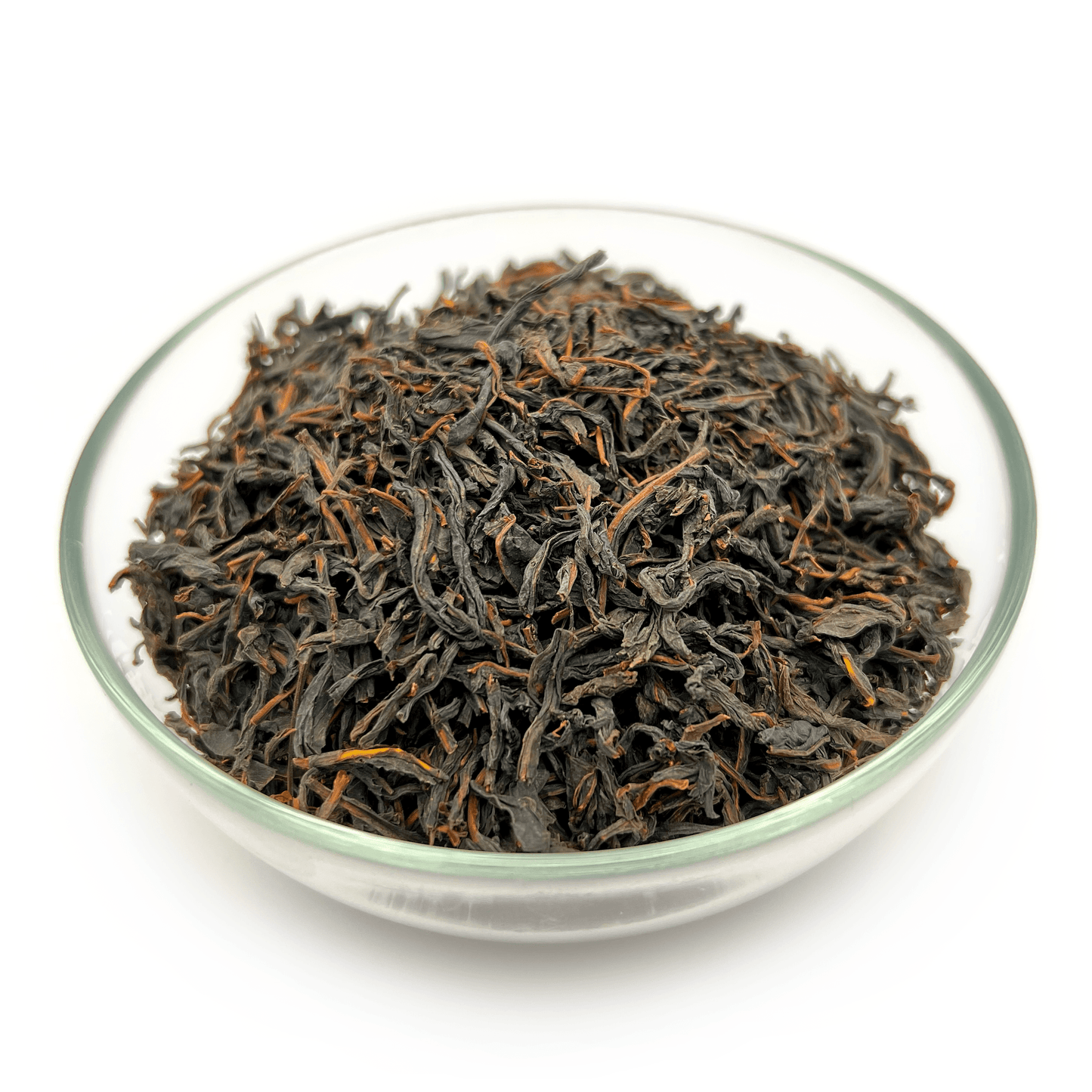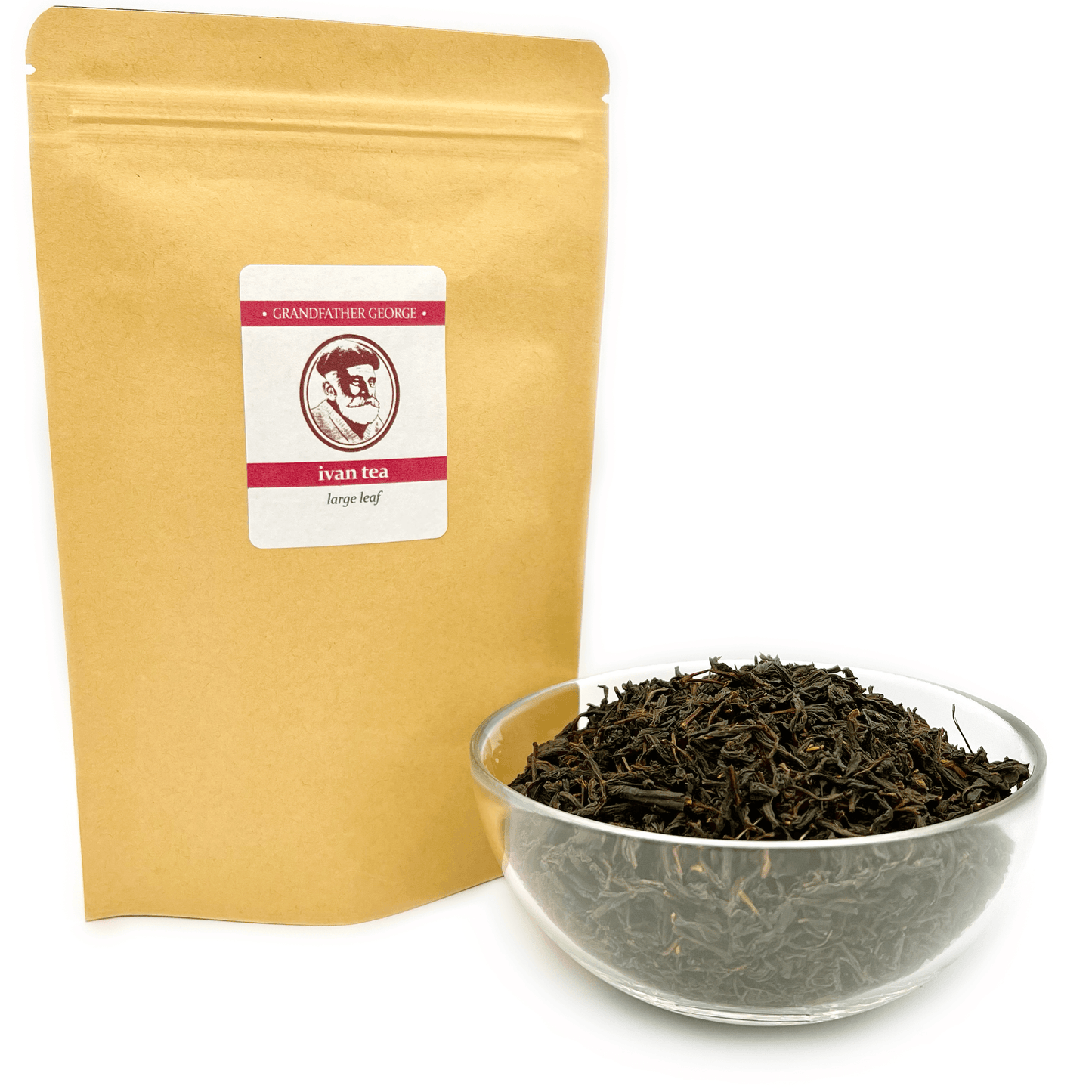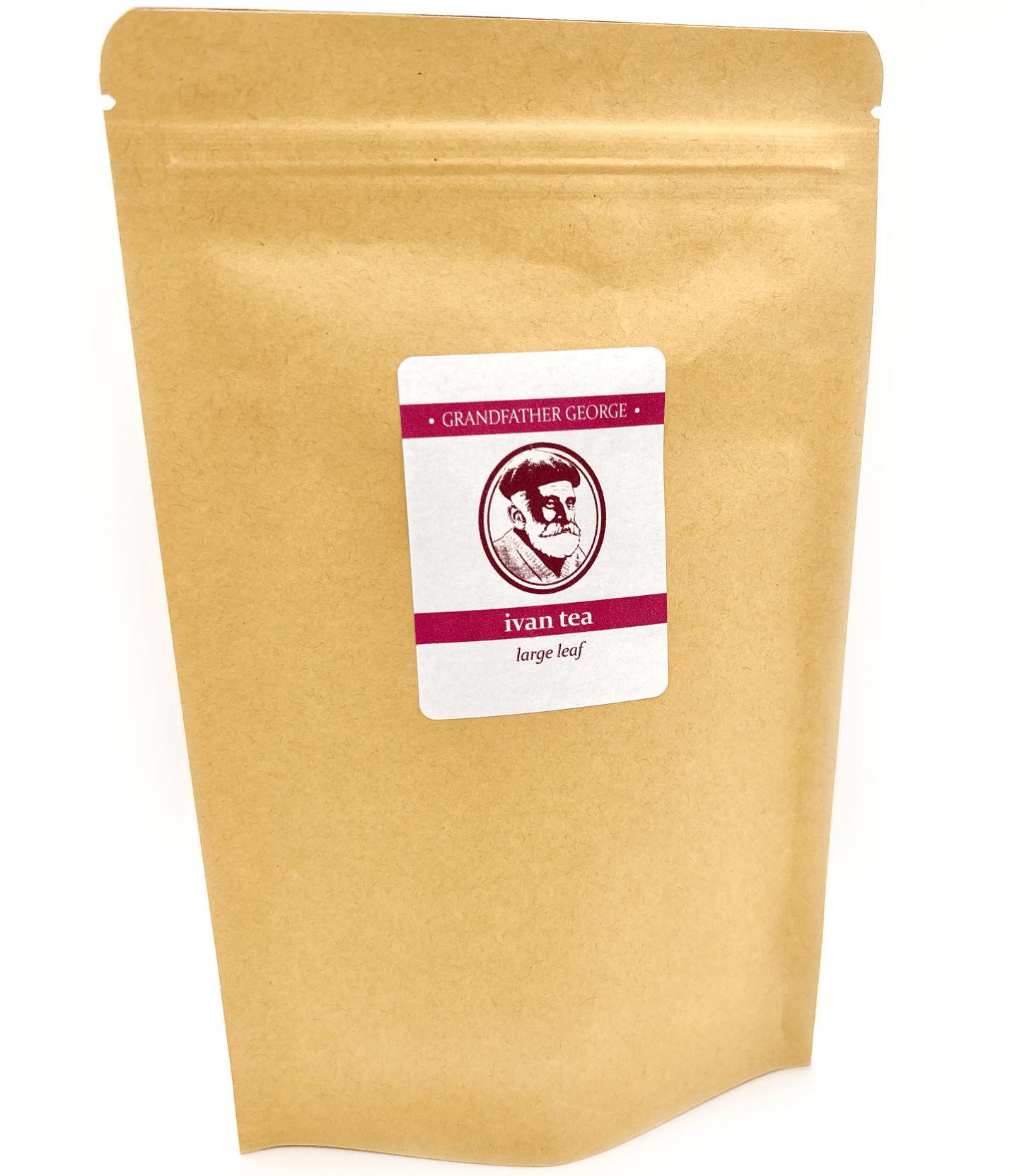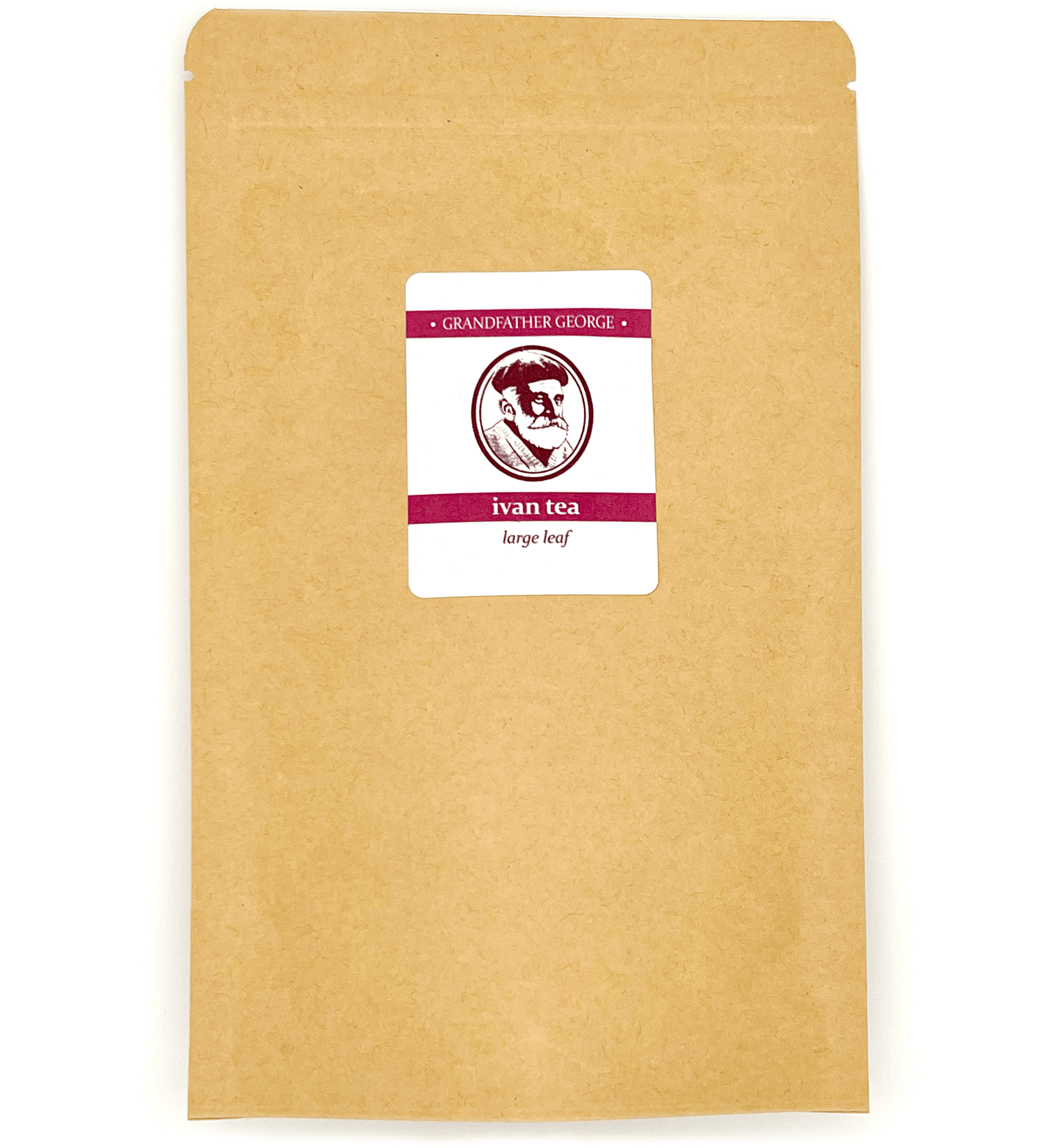The history of Ivan-tea is full of mysteries and secrets, much like the name of this beverage itself. Before the beginning of the 17th century, healers in Russia called it "Ivan-tea" for its strong medicinal properties. Later, the name "Koporsky tea" appeared, named after the locality where narrow-leaved fireweed, the main ingredient of the tea, was cultivated.
The history of Ivan-tea in Russia
The history of Ivan-tea in Russia dates back to the manuscripts of the 12th century. According to legend, Alexander Nevsky went to the Kopor Fortress, where he fought against a battalion of German crusaders. After a fierce battle, monks from the local monastery gave the prince Ivan-tea to try. After drinking it, he fell asleep as if he were a baby. The next morning, the Grand Prince felt refreshed and energized. Alexander Nevsky ordered the local population to gather "fireweed" to improve the health and alleviate the suffering of warriors in battle.
The production of Koporsky tea began on a large scale during the reign of Catherine the Great. The courtier of the empress, Savelov, after a trip to China, decided to open a tea production facility on his estate in Koporje. Tea was made from narrow-leaved fireweed, and to enrich the taste, other herbs growing in the area were added to it. After a few years, Koporje began supplying tea to Moscow, and soon to Europe as well.
Cessation of production of Ivan tea
The cessation of Ivan-tea production began with the reign of Emperor Alexander II due to unfair competition. Some merchants, using Ivan-tea, were counterfeiting the popular Beijing tea at that time. They added a few leaves of fireweed to the Eastern drink and sold it at a low price. However, such deceivers were quickly exposed and brought to justice.
The Kyakhta Trading Company, which imported genuine Chinese tea, appealed to Emperor Alexander II to ban the production of Ivan-tea. The Emperor ordered the Medico-Surgical Academy to carefully study the properties of Koporsky tea. The demands of foreign merchants were deemed unfounded.
At the beginning of the 20th century, Ivan-tea ranked second in the country's export list. It was loved not only in Europe but also in Asia and even China. Abroad, this drink was called Russian tea. Foreigners appreciated the tea drink for its combination of remarkable taste and benefits.
Great Britain bought tens of thousands of poods of Ivan-tea from the Russian Empire, although it had large tea plantations itself. Because of this, the East India Company, which produced Indian tea, began to rapidly lose its profit. A big scandal erupted, in which the English baselessly accused Russian producers of Koporsky tea of adding harmful white clay to their products. The real reason for the scandal was the elimination of a strong competitor.
The East India Company managed to achieve its goal, and Ivan-tea in European countries began to be purchased less actively. After the 1917 revolution and the Bolsheviks coming to power, tea production came to a halt.
The history of Ivan Tea During World War II
During the siege of Leningrad, there was a partial restoration of Russian tea production. To replenish their strength, soldiers brewed tea from fireweed. Tea supplies to Leningrad resumed after Professor of Botany I. Palibin published an article in 1942. In it, he suggested using fireweed leaves to make tea, applying fermentation technology to them.
However, later German troops destroyed the plantations around the city of Koporye, as a result of which the production of Ivan tea was lost for a long time and began to be restored only in the 90s.
The 90s brought unprecedented popularity to Ivan tea. Its healing properties once again attracted the attention of domestic doctors and scientists. According to numerous studies, Ivan tea can be consumed at any age. It stimulates the immune system, treats gastrointestinal diseases, provides excellent toning effects, despite the absence of caffeine in its composition.
The tea contains six times more vitamin C than lemon. It also contains vitamins of group A and B, polysaccharides, pectin, macro- and microelements, as well as other beneficial substances.
Other names for Ivan-tea
Other names for Ivan-tea can also be found:
- "Pine forest elixir" - emerged because infusions from fireweed leaves helped relieve severe headaches.
- "Miller or breadwinner" - this name appeared because the roots of fireweed, according to the advice of healers, were dried and ground, and then added to flour and baked into bread.
- "Parsley apples" - because the leaves of the plant had a peculiar taste, they were often used to make salads.
- "Women's tea" - the name arose because fireweed leaves were mainly collected by peasant women along with their children.






